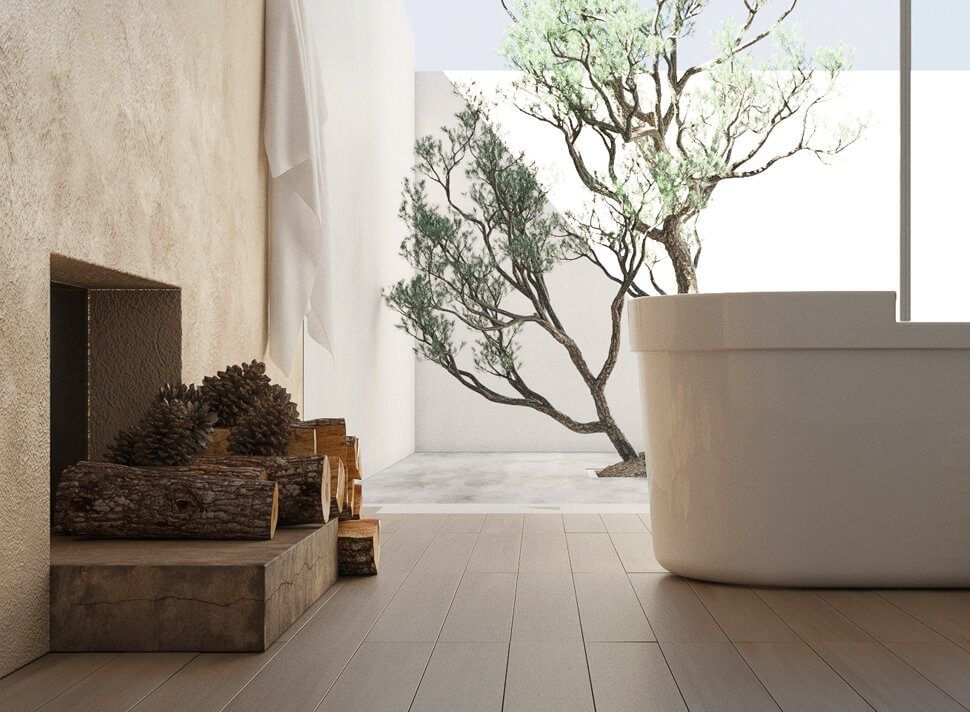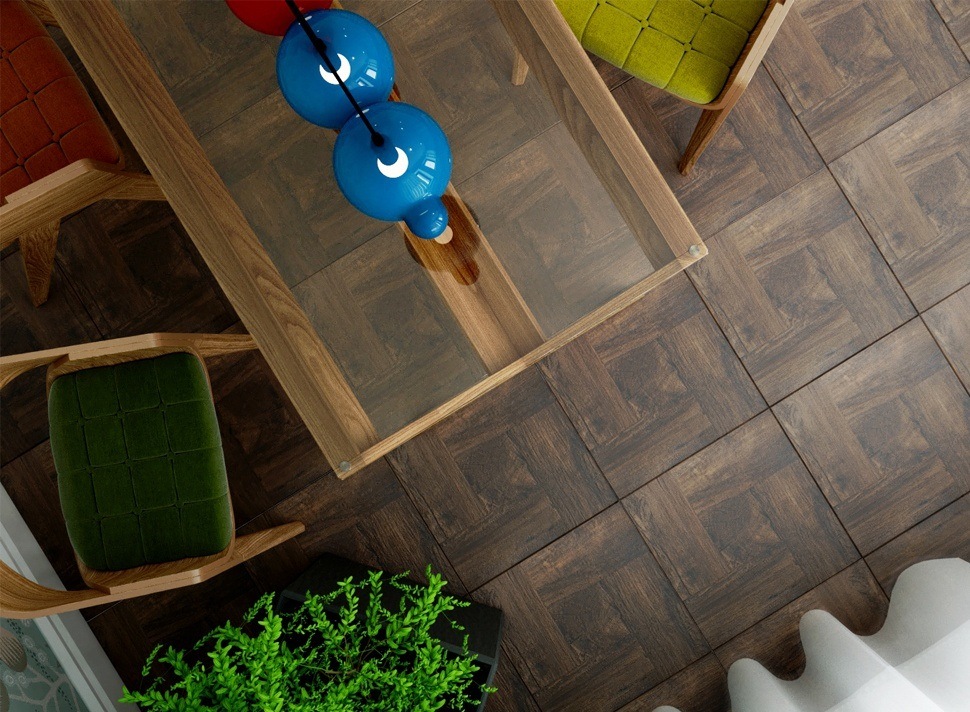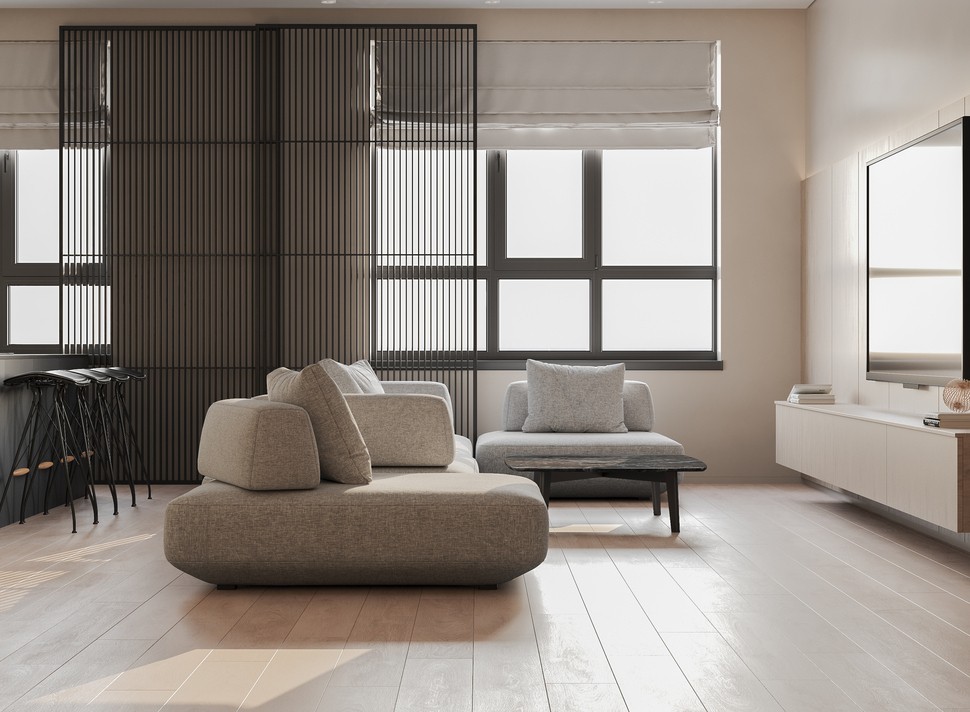Reshaping Reality: The Evolution of Interior House Rendering Techniques
Introduction
The Visual Revolution in Interior Design
Interior design is an art that transforms spaces into living, breathing works of art. It's about creating environments that not only please the eye but also evoke emotions and offer functionality. For decades, designers relied on drawings, models, and photographs to convey their visions to clients and collaborators. However, a significant transformation has occurred with the advent of digital technology. This two-part article explores the evolution of interior house rendering techniques, shedding light on how technology, creativity, and innovation have reshaped how we envision and communicate designs.
Traditional Rendering Techniques
Hand-Drawn Sketches: The Artistic Beginning
The process began with the designer's sketchpad in the early days of interior design. These hand-drawn sketches were the initial visualizations of a designer's concept. They offered a raw, artistic perspective, often capturing the essence and mood of a space in a way that computer-generated imagery (CGI) struggles to replicate. These sketches were not just tools for conveying ideas but art forms in themselves.
Physical Models: Crafting Tangible Visions
Before the digital age, designers relied heavily on creating physical models of their designs. These scale models provided clients with a tangible representation of what their space would look like. Crafted from materials like foam board, wood, and plastic, these models allowed clients to explore the design in three dimensions. While time-consuming and labor-intensive, physical models were invaluable in conveying spatial relationships and design details.
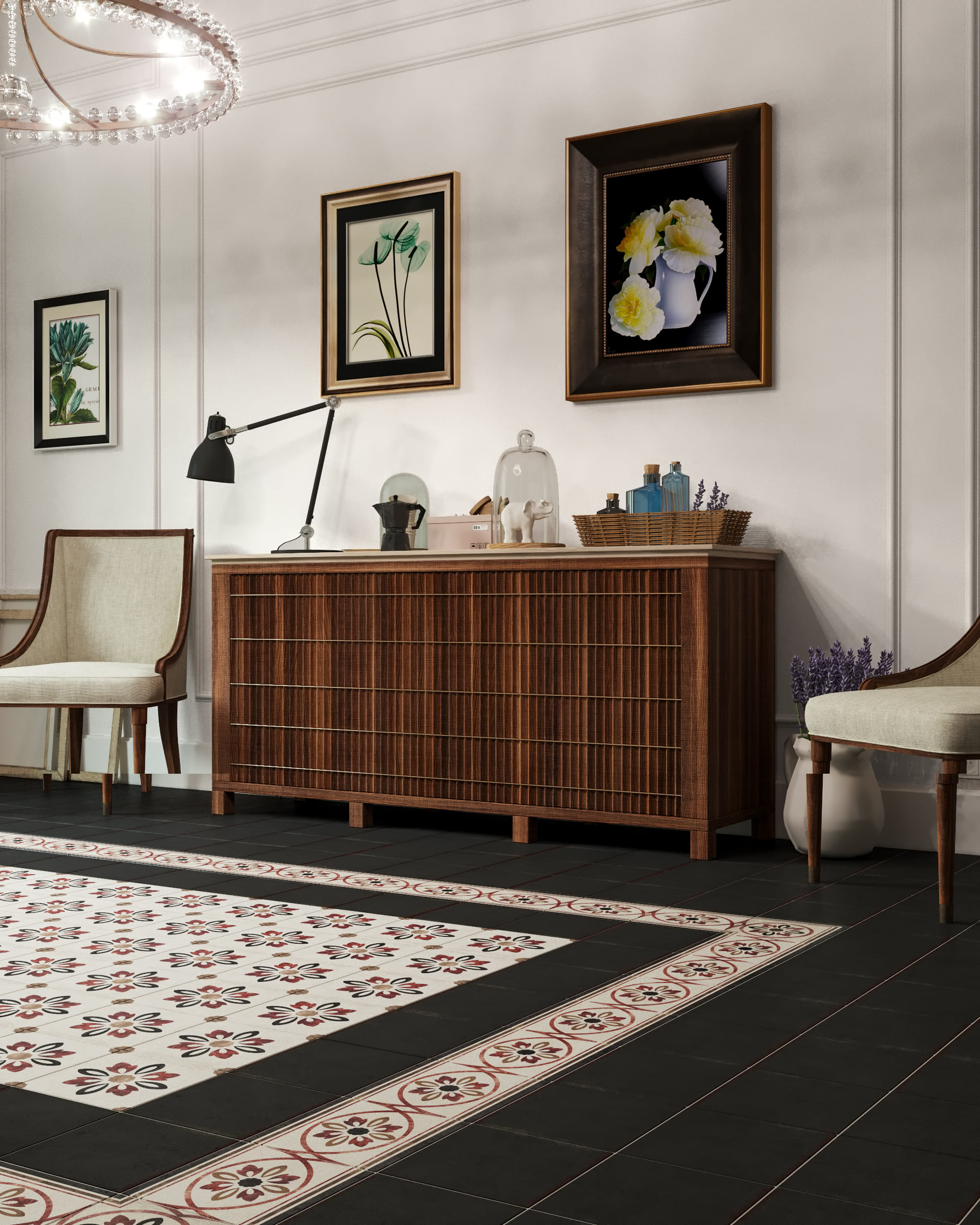
Image from Yousee Studio
Photography and Photoshop: The Era of Enhancement
With the advent of photography, designers gained a new tool for showcasing their work. Professional photographers captured completed interior spaces, highlighting light, color, and texture interplay. However, the introduction of digital editing software like Adobe Photoshop truly revolutionized the industry. Designers could now enhance and retouch photographs, correcting imperfections and experimenting with alternative design elements without costly reshoots.
The Digital Renaissance
2D Computer-Aided Design (CAD): Transitioning to Digital
In the late 20th century, they brought about a seismic shift in conceptualizing interior design. Designers transitioned from pencil and paper to computers. Computer-aided design (CAD) software allowed for the creation of precise 2D drawings, speeding up the design process and making it more accurate. These digital blueprints formed the foundation for what would come next in rendering techniques.
The Birth of 3D Rendering: Adding Depth and Dimension
As technology advanced, so did the ability to create 3D interior renderings. Unlike 2D drawings, which presented designs as flat representations, 3D rendering added depth and dimension. With this technique, designers and clients could explore spaces from various angles, gaining a more comprehensive understanding of the design's spatial dynamics.
The Role of Textures and Materials
One of the key developments in 3D rendering was the integration of textures and materials. Early 3D models often appeared flat and lacked the tactile realism of real-world materials. However, advancements in rendering software allowed for the realistic depiction of various surfaces, from hardwood floors to plush carpets and gleaming marble countertops. This attention to detail brought a new level of authenticity to interior renderings.
Advanced Visualization Technologies
Virtual Reality (VR): Immersive Experiences
The 21st century ushered in a new era of interior rendering with the introduction of Virtual Reality (VR). VR technology allows designers and clients to step inside a virtual representation of a space. With specialized headsets, users can explore every nook and cranny, getting a true sense of scale and proportion. VR takes interior rendering beyond mere visual representation; it offers an immersive experience that bridges the gap between imagination and reality.
Augmented Reality (AR): Blurring Reality and Imagination
While VR immerses users in entirely virtual environments, Augmented Reality (AR) blends digital elements with the real world. AR apps enable designers to superimpose virtual furniture and decor onto natural spaces using smartphones or tablets. This technology provides clients with an interactive way to visualize design concepts in their homes before making decisions.
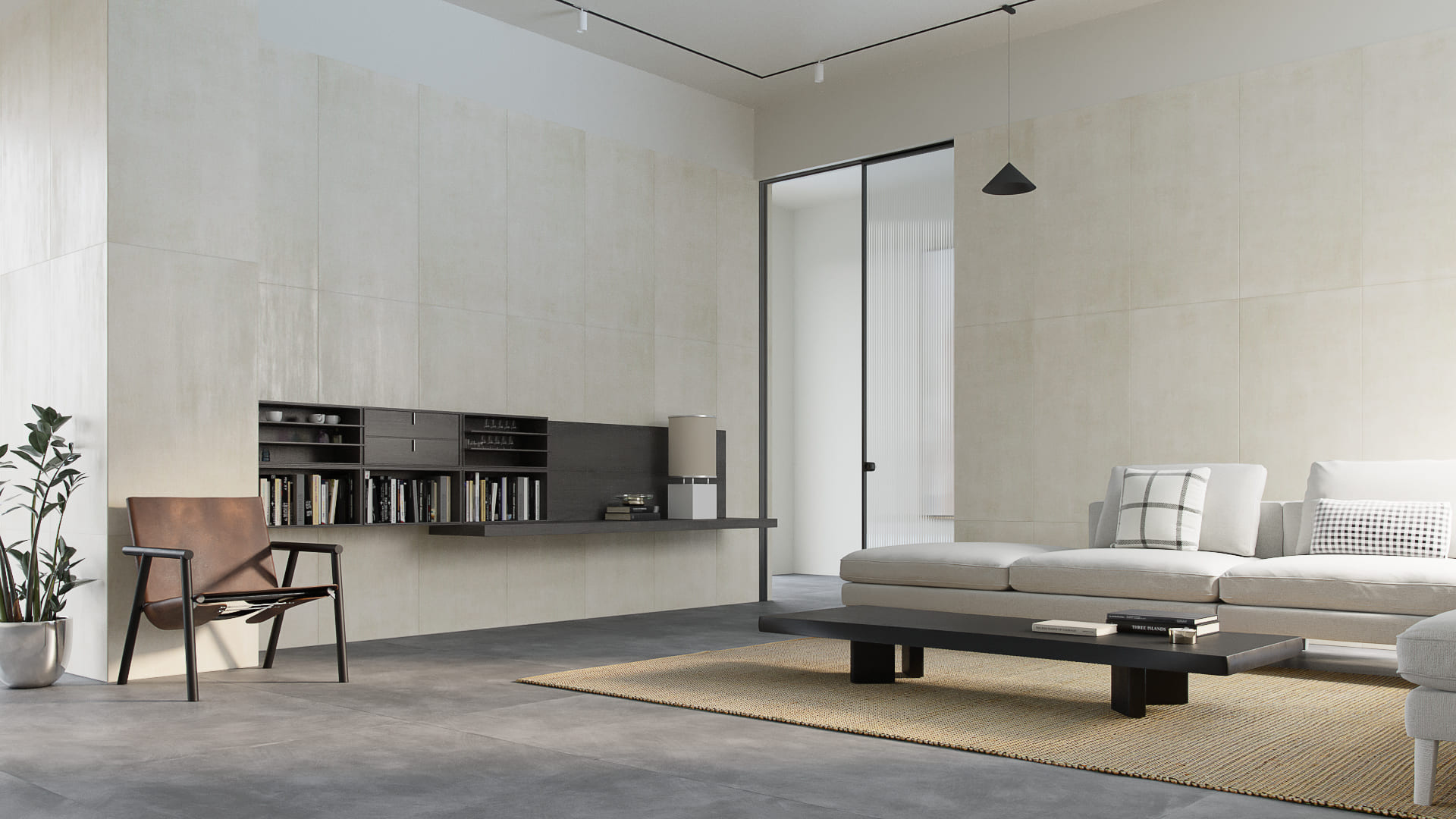
Image from Yousee Studio
Real-Time Rendering: Instant Feedback and Iteration
Real-time rendering engines have significantly accelerated the design process. Designers can change a digital model and see the results instantly, whether adjusting lighting, colors, or furniture placement. This level of interactivity and immediacy fosters collaboration between designers and clients, allowing for quick iterations and more informed design decisions.
Conclusion
Innovation and creativity have marked the journey of interior house rendering techniques from traditional sketches to immersive virtual reality. Part one of this article has explored the evolution from the artistic beginnings of hand-drawn illustrations to the digital renaissance of 3D rendering and the advent of advanced visualization technologies like VR and AR. In part two, we will delve deeper into the art of photorealism, innovations in animation, the impact of Artificial Intelligence (AI), and the ethical and environmental considerations accompanying these transformative techniques.
The Contemporary Landscape
Photorealism: A Quest for Authenticity
With the integration of advanced technologies, interior rendering has entered the realm of photorealism. Designers and rendering artists strive to create images that are virtually indistinguishable from photographs of actual spaces. Achieving photorealism involves meticulous attention to detail, from the texture of fabrics to the subtle play of light and shadow.
Innovations in Animation
Interior rendering is no longer confined to static images. Animation has emerged as a powerful tool for conveying the dynamic qualities of a space. Whether a virtual walkthrough of a luxury apartment or a flyover of a commercial complex, animation allows clients and audiences to experience a design in motion. This adds a layer of storytelling to rendering, making it a compelling medium for presentations and marketing.
The Rise of Artificial Intelligence (AI)
Artificial Intelligence has made significant inroads into the field of interior rendering. AI-powered software can analyze design data, generate layouts, and suggest improvements. Machine learning algorithms can assist in creating realistic textures, streamline the rendering process, and enhance the efficiency of designers and rendering artists. AI's role in rendering is poised to grow, offering innovative solutions that blend human creativity with computational power.
Ethical Considerations: Balancing Reality and Idealization
As rendering technologies become increasingly sophisticated, questions arise about ethical considerations. Is there a danger of overselling a design creating unrealistic expectations for clients? How can designers balance presenting an aspirational vision and a practical reality? Addressing these ethical concerns is crucial to maintaining transparency and trust in the industry.
Environmental Responsibility: Rendering's Carbon Footprint
The digital transformation of interior rendering has not been without environmental consequences. The computing power required for high-quality rendering, especially in real-time and VR applications, consumes significant energy. Design studios and rendering artists are increasingly aware of their carbon footprint and are exploring eco-friendly solutions. This includes optimizing hardware and software for energy efficiency and considering the environmental impact of rendering farms.
Conclusion: A Dynamic Future
The evolution of interior house rendering techniques has been nothing short of revolutionary. From the days of hand-drawn sketches to the immersive experiences of VR, the industry has continuously adapted to embrace new technologies. Interior rendering is a multi-faceted discipline combining artistry, technology, and innovation.
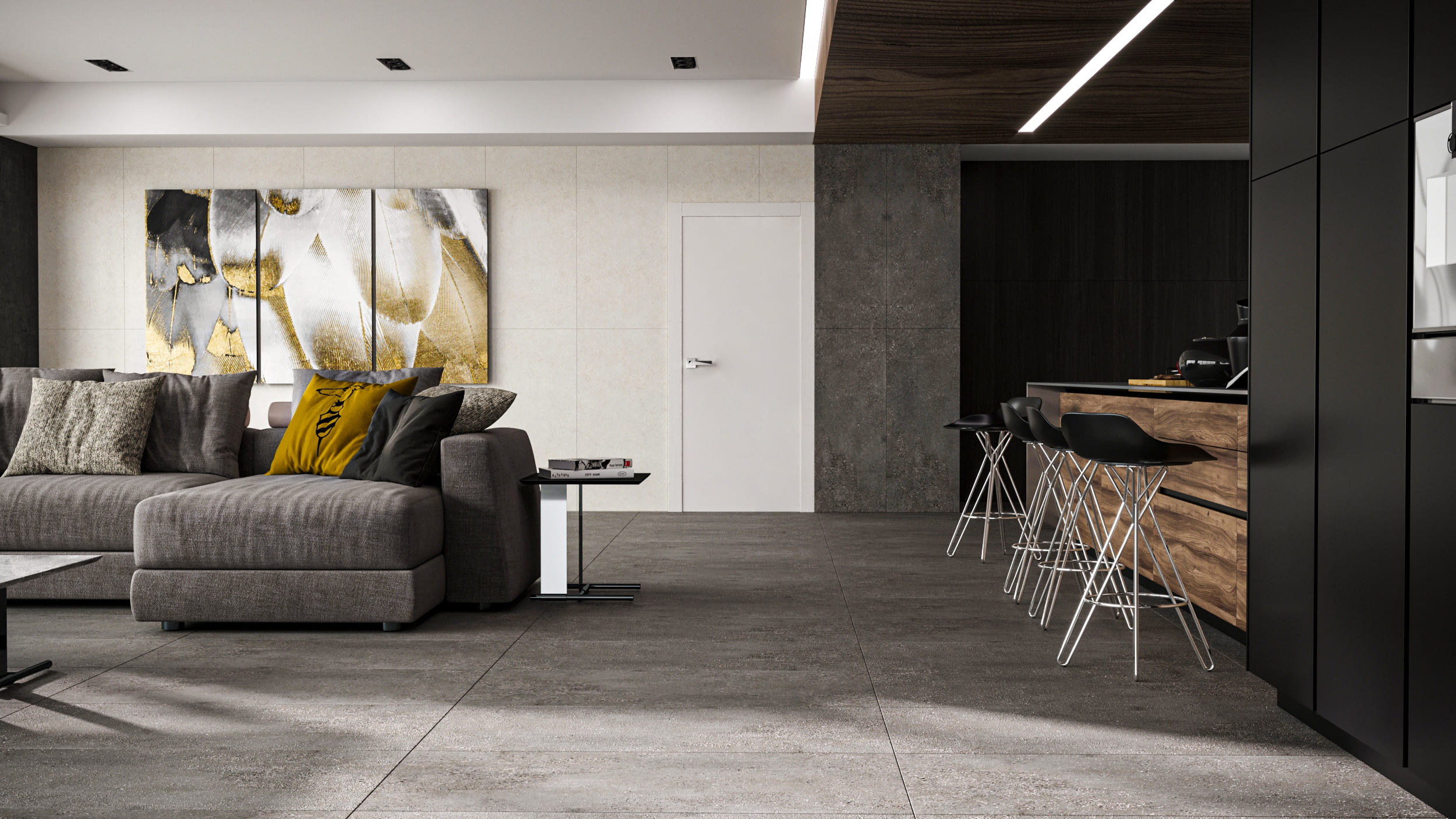
Image from Yousee Studio
As we look to the future, it's clear that interior rendering will remain dynamic. AI, real-time rendering, and sustainability innovations will shape the industry's landscape. Designers and rendering artists will continue to push the boundaries of what's possible, offering clients and audiences an ever more vivid and engaging glimpse into the world of interior design.
In closing, the evolution of interior rendering techniques reminds us that design is not static; it's a living, breathing entity that responds to the changing tides of technology and creativity. The blend of tradition and innovation, ethics and aesthetics, realism and idealism paints a vibrant picture of the contemporary interior rendering landscape. This landscape is reshaping reality one pixel at a time.
Contact us at YouSee Studio for captivating 3D renderings and immersive virtual experiences.
Karen Spacey is a content writer and the author of this article.

